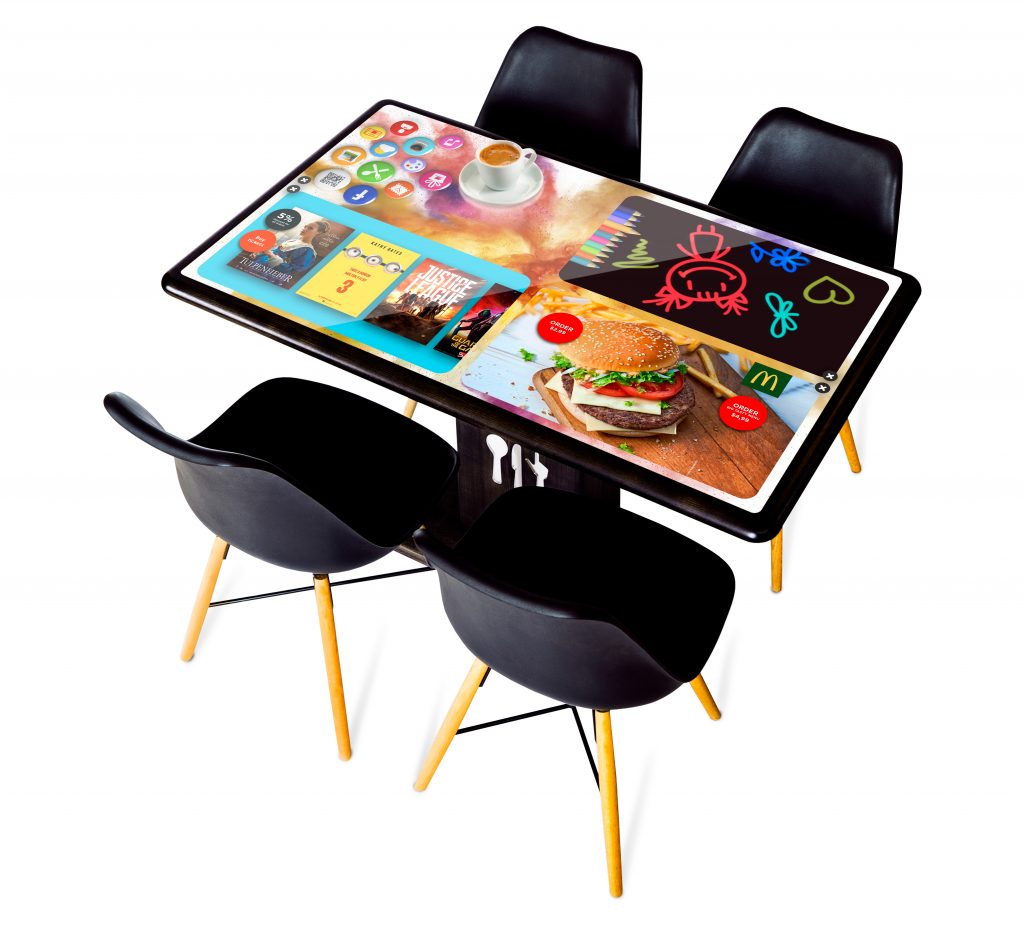Windows 10 IoT is ready for Microsoft Build 2017

Windows 10 IoT provides a secure, cutting-edge IoT platform that will transform the way developers bring devices and solutions to market. With the release of the Windows 10 Creators Update, we’ve made huge improvements in Windows 10 IoT Core, including improved developer tools, additional APIs, new code samples, and more. We are launching a newly designed Windows IoT website, growing our partner base, and supporting more silicon options than ever before.
I’m excited and honored to be at Build 2017 this week, showing partner and customer solutions that are innovative, secure, and intelligent. New partners like Innowi, Kodisoft, and XOGO are building innovative solutions using Windows 10 IoT Core and Windows 10 IoT Enterprise, such as next-generation point-of-sale devices, interactive tables, and intelligent digital signage.
As announced today in the Windows 10 IoT session at Build 2017, we are partnering with Intel to bring more choice to our customers and offer more computing power for their designs. Working alongside our partners at Intel, we are pleased to announce that in addition to the Baytrail, Apollo Lake, and Joule platforms supported today, Windows 10 IoT Core will also be supported on Cherrytrail and Braswell platforms in the near future. That’s great, but that’s not all. I’m even more excited to announce today that Windows 10 IoT Core will be supported across Intel’s full range of processors moving forward, including the Core, Pentium, Celeron and Atom lines. This is a great expansion of our existing SoC support, which will now range from a Qualcomm Snapdragon 212 all the way to the top-end Intel Core i7. See our full list of Windows IoT enabled SoCs and devices on our developer website.
As you will see at Build 2017, Windows 10 IoT and Azure complement each other and offer developers an opportunity to build secure and scalable solutions from the device to the cloud. We are excited about enabling the future of edge computing scenarios across multiple industries. We believe the integration between Windows 10 IoT and Azure IoT will help developers be even more productive in the IoT space and we’ve taken a big step towards that goal with the Windows 10 Creators Update. Some highlights include:
- Windows 10 IoT Core support for Azure IoT Device Management, which provides highly scalable remote device management features.
- Turn-key connectivity to the Azure IoT Hub that offers reliable and secure device-to-cloud and cloud-to-device messaging, scaling to millions of devices.
- Support for the upcoming Azure IoT Hub Device Provisioning Service, which makes it easier to provision a connected device via Azure IoT services, leveraging Windows IoT TPM based security.
In addition to this Azure-connected functionality, we’ve also added new features to Windows IoT Core to help keep devices safe and enable developers to do more, including:
- Support for Project “Rome” that allows a user to launch an app or communicate with an app service on a remote device, enabling cross-device experiences using the Microsoft Graph.
- Support for Device Guard for IoT, which improves threat resistance by allowing only OS components and code signed by the OEM to load. This adds to the robust set of security features in Windows 10 IoT such as BitLocker and Secure Boot.
- Cortana*, your personal digital assistant, is now available for you to integrate into your devices. Cortana will help you get things done by completing tasks and interacting with you using natural language in a consistent, contextual way.
You can also check out the redesigned website for developers, which will help you get started with Windows 10 IoT. If you’re not able to attend Build 2017 in person, you can find all the latest content on Channel 9.
*Cortana available in select markets.
